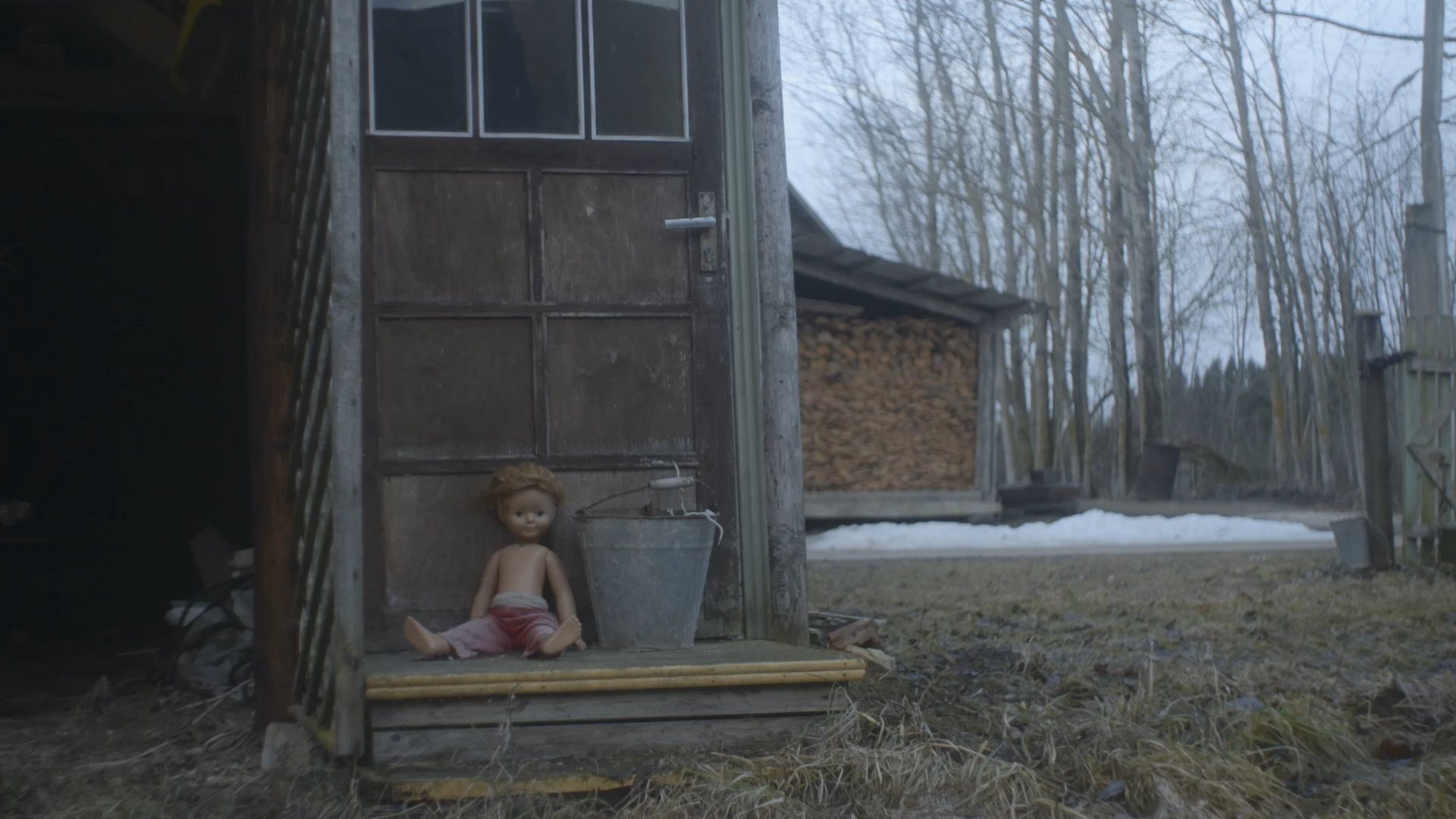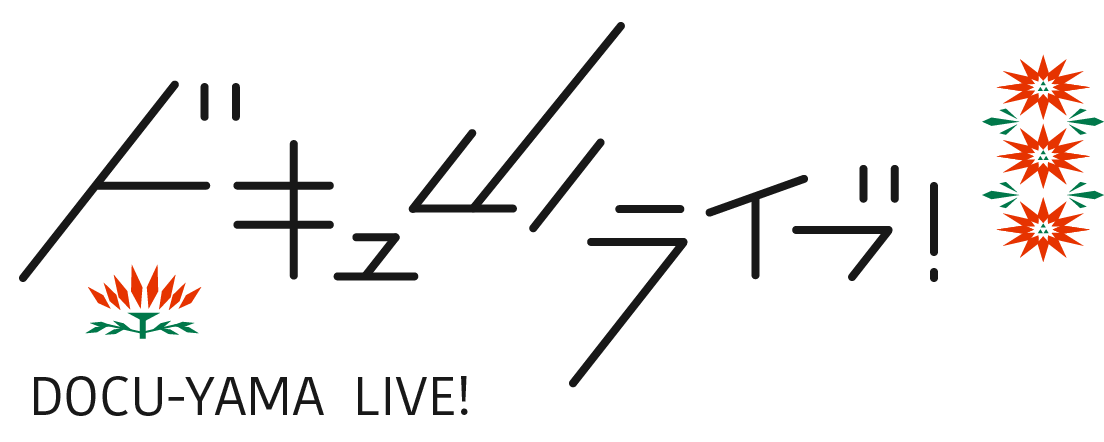
Raise Me a Memory, showcased in the YIDFF 2023 New Asian Currents section, takes viewers on a mesmerizing journey through the Estonian borderland, where the residents’ haunted memories linger. Director Varun Trikha, an Indian filmmaker currently based in Toronto/Delhi, weaves personal narratives and Trikha’s family history to create a dream-like tapestry. The film’s fragmented nature, lacking a clear historical context, requires viewers to piece together the puzzle of the labyrinth of landscape – the tranquil lake, the shadowy trees, and the dusty old wood house – without specific background information.
The ambiguity of the film is closely tied to its narrative framing. Opening and closing scenes are shrouded in darkness, accompanied by murmurs of hypnosis, which set the tone. We follow the director’s responses to an unknown woman, leading us to the depths of his affliction. This cyclical structure places us in a liminal space, seemingly the director’s memory, until we discover it to be the Obinitsa Lake in Setomma, a critical zone along the Estonian-Russian border.
Rather than explicitly presenting the residual history of this borderland, Trikha explored memory through the voice-over narration, combining his own voice with the voices of the villagers. This dissociation of the narration from imagery allows the filmmaker’s perspective, conveyed through voice-over, to guide us through his grandfather’s past and his quest for identity. As a diasporic refugee, Trikha’s grandfather left behind an immense enigma, apart from a song and a briefcase. The director’s recollection of memory is interwoven with the heart-wrenching reminiscences of the villagers. Three prominent villagers share their sorrows with the director – an old woman who lost her son, a man whose grandfather’s house sank in the lake, and a woman who dreams of her father in the aftermath of a war. While concrete portrayals of historical elements are absent, close-up shots of the villagers’ faces and fragmented depictions of the village’s environment – the forest, the lake, the grass – reveal a shattered representation.
The camera simultaneously drifts through the village like a ghost, capturing perplexing symbols such as a child climbing a tree in a forest, a flickering torch in a tunnel, and shimmering lights on the lake. These images, deliberately detached from the voiceover and specific references, contribute to the film’s sense of limbo, blurring the boundaries between dream and reality and echoing the fluidity of memory. The filmmaker adeptly enhances the mysterious atmosphere with abstract narration akin to poetry and figurative cinematography of nature. However, the lyrical quality of the images, without a clear historical context, results in an emotional whirlwind that lacks a solid foundation. Consequently, the film isolates viewers from the particular roots of the land and the connections with the villagers. It aims to invite viewers to imagine and resonate through the interplay between absence and presence, past and present, memories and reality. Still, it also raises questions: Why did the filmmaker, an Indian, choose to make a film about Estonia? What is the relationship between the villagers and him? What is the origin of the sadness and the memory? While the poetic approach expands the imagination of memories, the absence of historical grounding leaves the audience yearning for a deeper understanding.
Emilie Choi Sin-yi
![ドキュ山ライブ! [DOCU-YAMA LIVE!]](http://www.yidff-live.info/wp-content/themes/yidff-live_2017/images/header_sp_logo1.png)

